
The nation may have officially marked Juneteenth this week to commemorate the end of slavery, but for enslaved people in Prince George’s County, it did not come in June of 1865.
While the country has largely come to mark June 19 in remembrance of emancipation, the date actually refers to the announcement of a military order proclaiming freedom for enslaved people in Texas in 1865.
But the timeline was much different in Prince George’s County, which had the highest population of enslaved people of any county in Maryland at the onset of the Civil War.
When the war began, President Abraham Lincoln was wary of pushing border states like Maryland too hard on the question of slavery, and emancipation initially progressed much more slowly here. In the first year of the war, state lawmakers even voted in favor of a move to bar the federal government from abolishing slavery.
In nearby Washington, D.C., enslaved people were emancipated on April 16, 1862, which led to large groups fleeing south to freedom from Prince George’s County.
As the war dragged on, slavery became more central to the fight, but Lincoln still stopped short of forcing border states to move on the issue. The Emancipation Proclamation, which went into effect on January 1, 1863, freed enslaved people in states that had seceded, but did not include Maryland.
It was not until 1864 that the state finally moved toward emancipation, as Unionists held a constitutional convention aimed at reducing the power of Confederate sympathizers. The new constitution abolished slavery, but the drafters decided to put it to a public referendum first.
On October 13, 1864, the vote was held. At first, it appeared that the pro-slavery forces had narrowly defeated the new constitution, but the tide turned when absentee ballots from Union soldiers serving in the war were counted, and they were overwhelmingly in favor.
On Nov. 1, 1864, slavery officially ended in Maryland, just one month before Congress approved the 13th Amendment abolishing slavery. But the constitutional amendment didn’t go into effect until Dec. 18, 1865, when it was ratified by the states.
Some small local celebrations over the years have marked Nov. 1 as the end of slavery in the state, and state lawmakers have periodically debated naming it Maryland Emancipation Day, but Juneteenth has gotten more attention.
Support the Wire and Community Journalism
Make a one-time donation or become a regular supporter here.









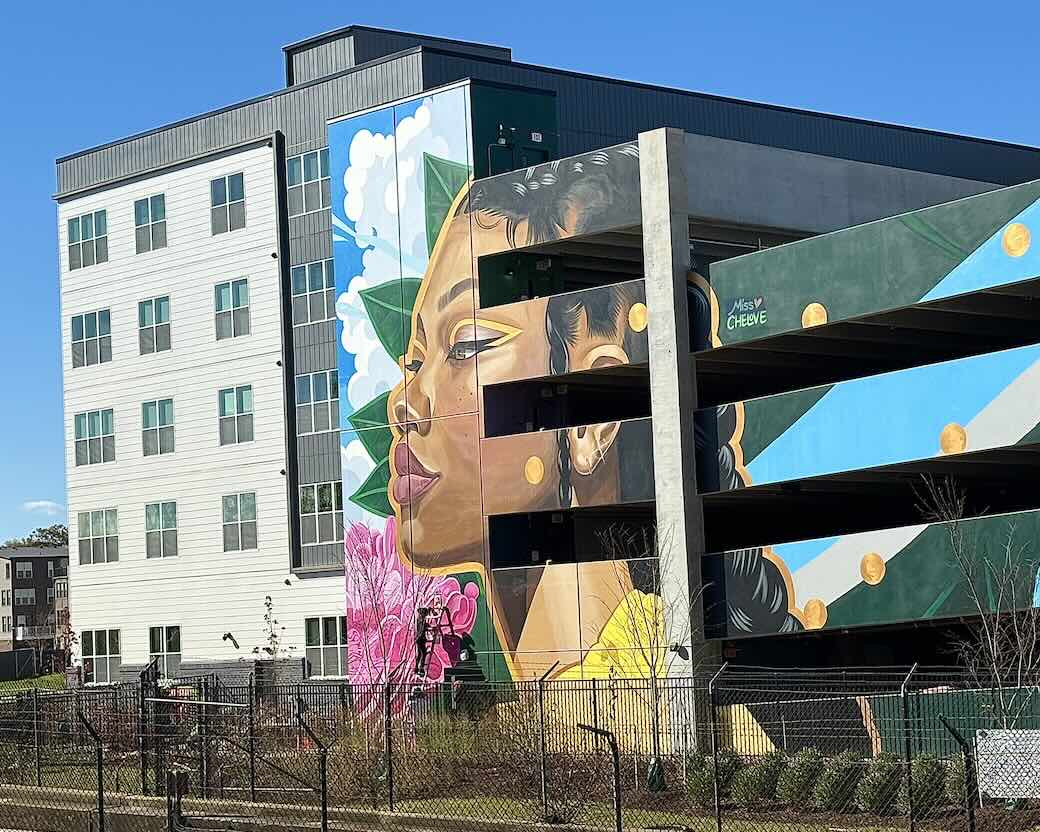
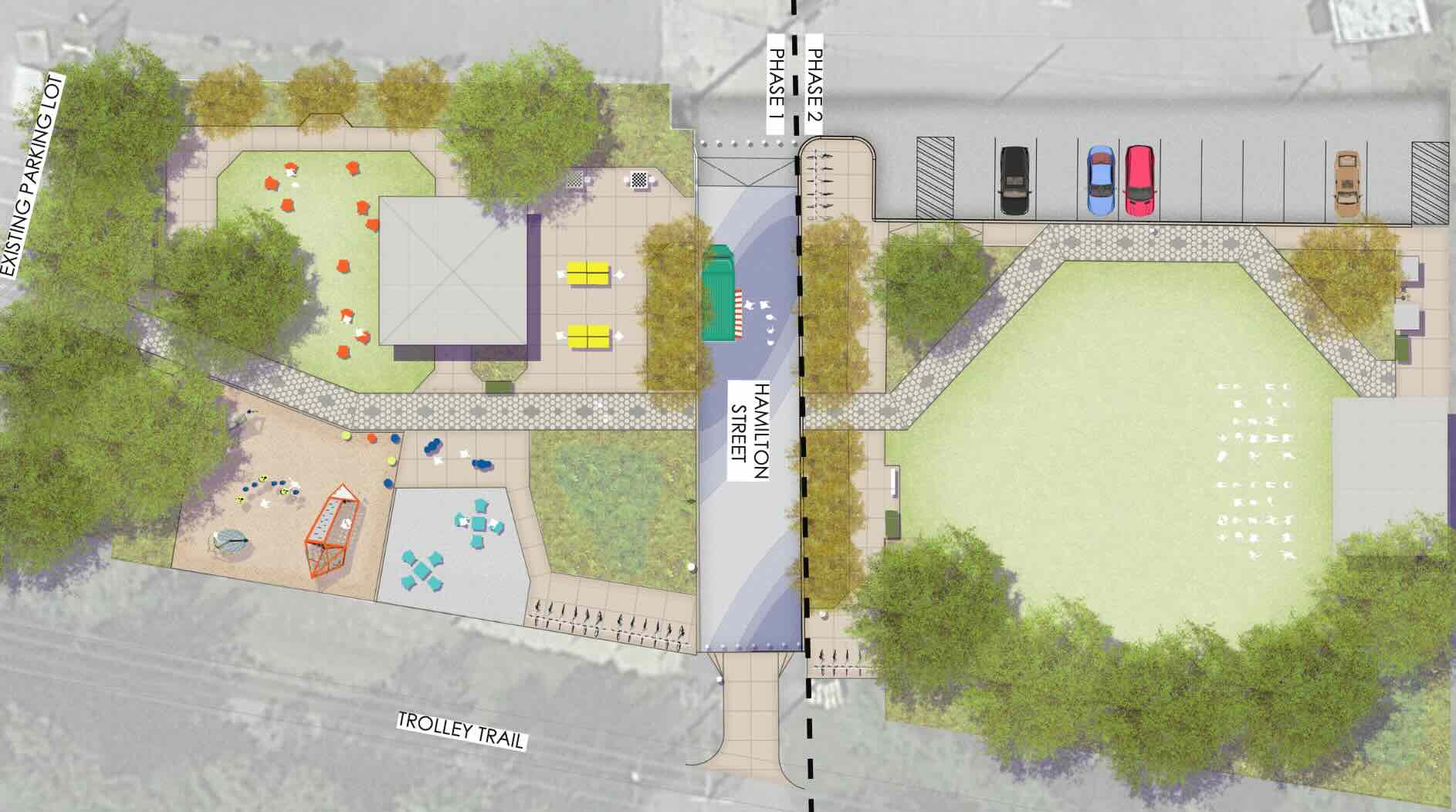
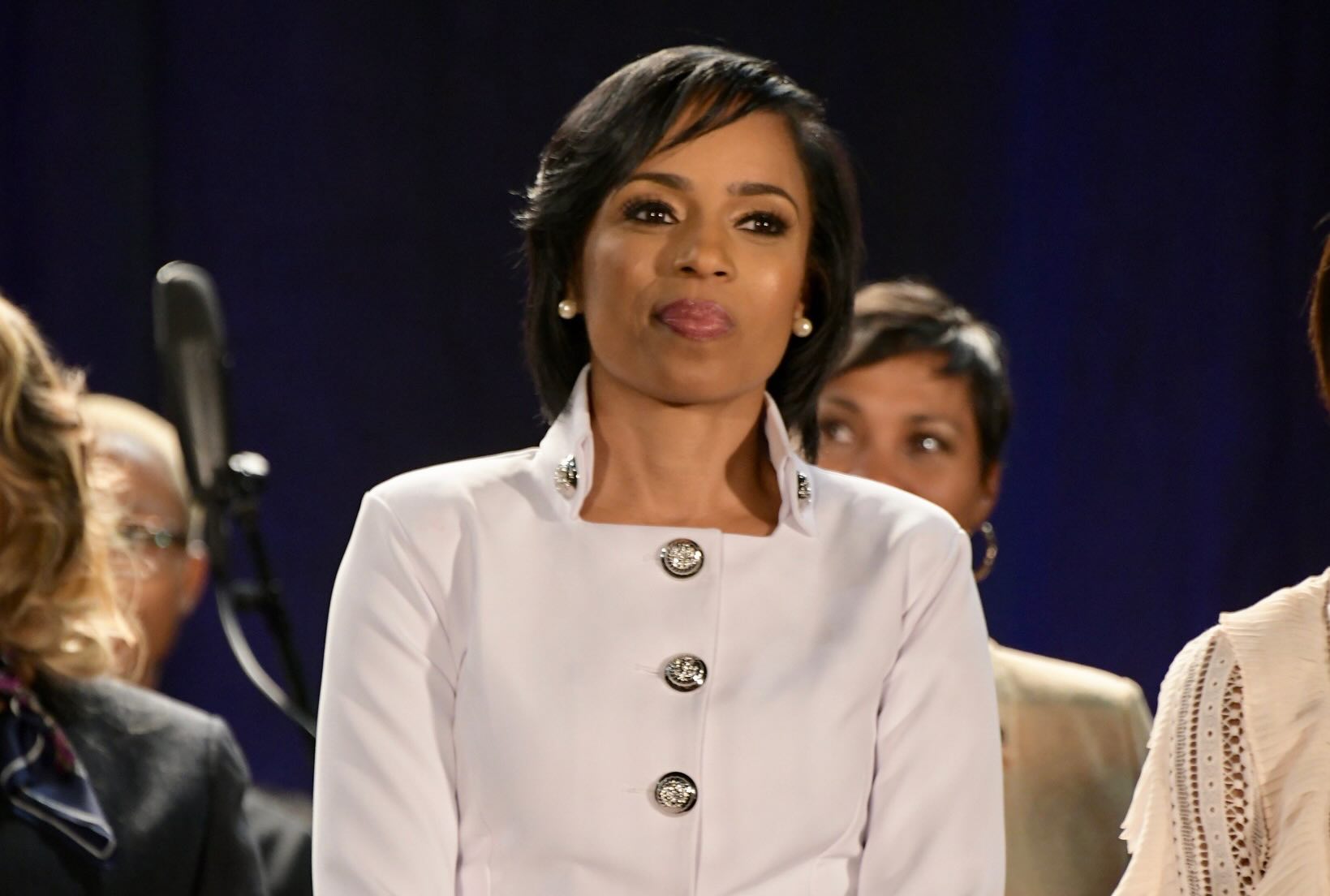
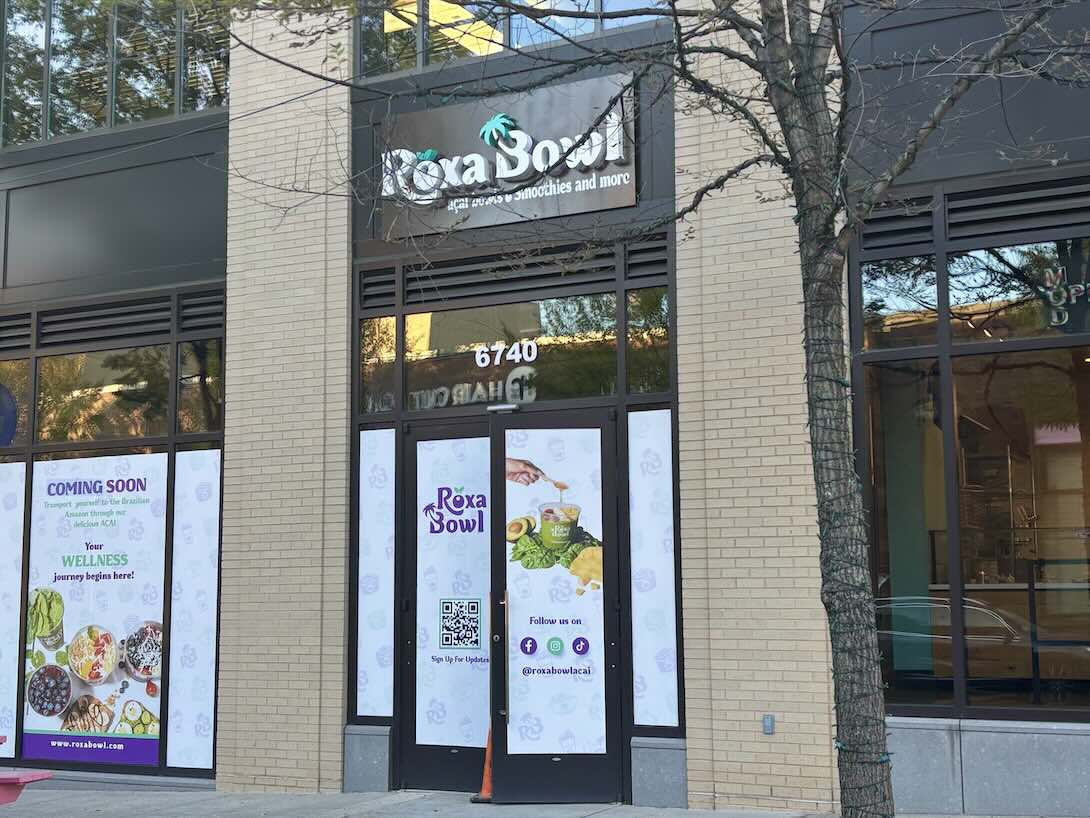
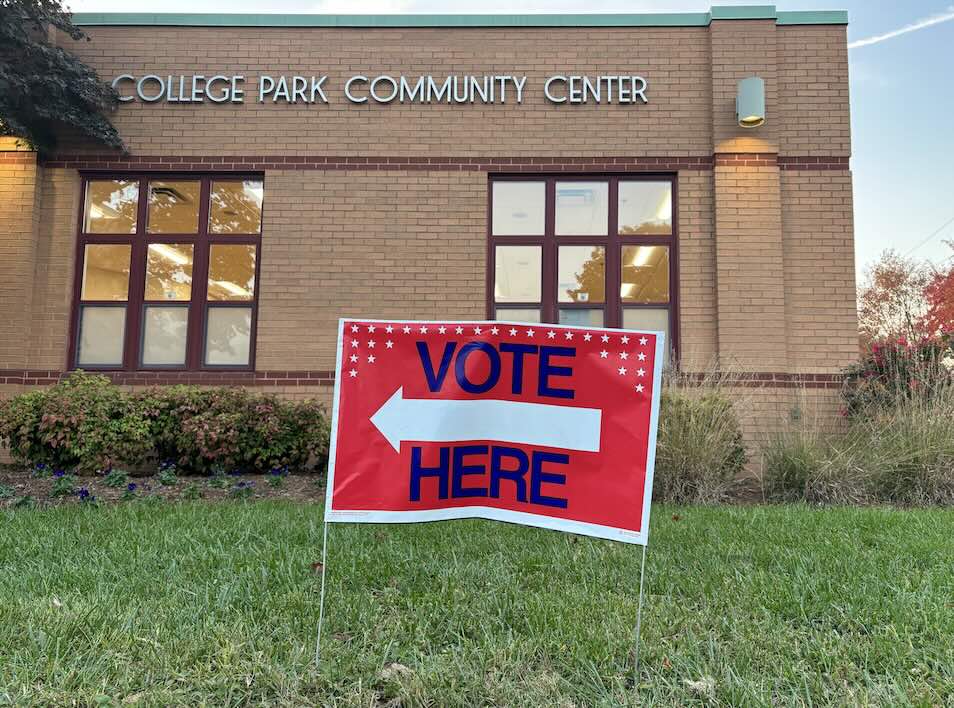
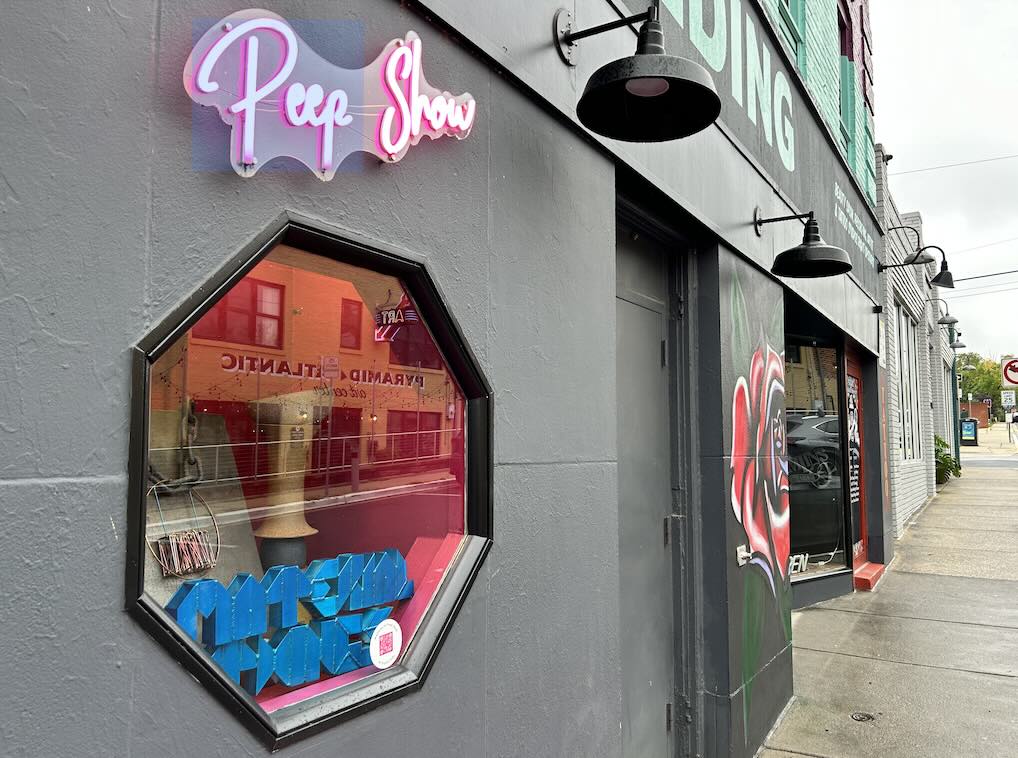



1 Response to Why Slavery Didn’t End on Juneteenth in Prince George’s County